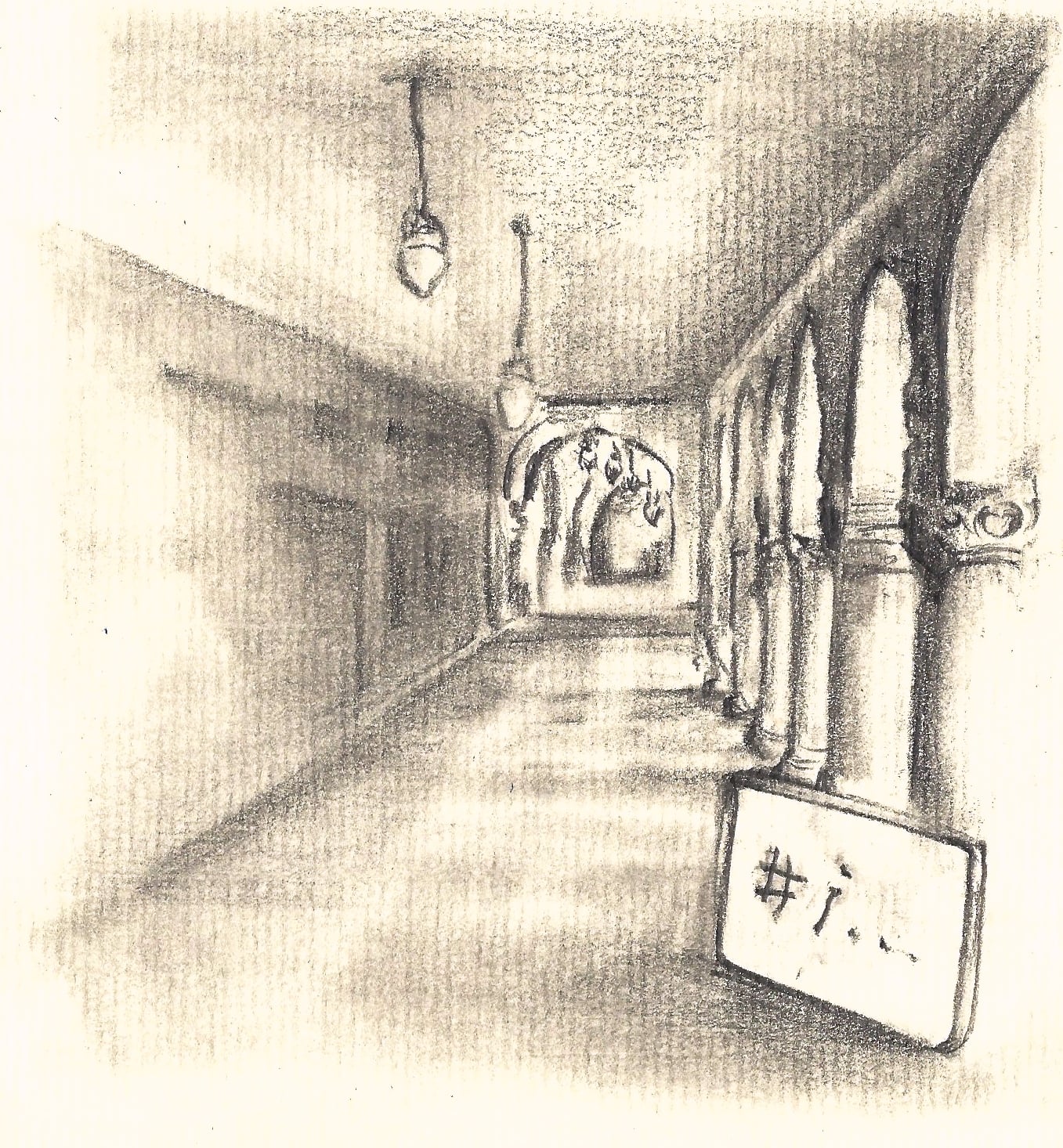
Inspired by Harvard’s “I, Too, Am Harvard,” project, Stanford will soon be home to “Stanford RISes: Conversations on Race, Inequality, Sexuality and Gender,” a new project created by EKela Autry ’17 and Rochelle Ballantyne ’17.
When the “I, Too, Am Harvard” Tumblr was released in early March in the form of a photo campaign, it made a huge splash not only at the college level but also across the country. The media blew up, Tumblr — where the photos were posted — blew up.
And so did Stanford’s Diaspora email list.
Autry and Ballantyne were included in the email frenzy and became excited by the Harvard students’ efforts to raise awareness about racial ignorance and aggression on campus through the campaign. Soon after, they decided that Stanford should do something similar.
“I remember sending an email saying, ‘Why isn’t Stanford doing this? We should totally do this!’” Autry said.
Although she and Ballantyne considered the possibility of creating an #ITooAmStanford project, after speaking with Jan Barker-Alexander, associate dean of students and the director at the Black Community Services Center, they realized that what had worked for Harvard may not necessarily be appropriate at Stanford.
Outlets for conversations about race and racism exist here already, according to Autry, so she and Ballantyne began looking for a different way to spark dialogue on campus.
Thus, Stanford RISes was born, but instead of focusing only on the black student population, the project aims to confront a broader set of issues.
“It’s not only about black people, it’s about different races and people who feel like stereotypes affect them and they need to be heard,” Ballantyne said. “So it still is #ITooAmStanford. It’s just we have our own twist on it.”
The project encompasses class, race, gender and sexuality in an attempt to give a voice to students who may feel marginalized by some aspect of their identity. Similarly to Harvard, the participants are photographed with a whiteboard stating a common misperception or rejecting some type of ignorance. They are also interviewed about why they want to participate in Stanford RISes and how they feel about the way their identity affects their Stanford experience.
“A lot of the ones that I’ve had are just other people’s perceptions of them, or people trying to identify with them, but it’s like, ‘You don’t know how I feel. You don’t know what it’s like to be me,’” Autry said. “I think that’s really powerful.”
So far, Autry and Ballantyne have had success with the project—92 people from the Diaspora list, where they’ve found their interview subjects, initially showed interest, and so far the two have recorded and photographed over 30 people.
Eventually, Autry and Ballantyne hope to put the responses on a Tumblr page and to facilitate a conversation among the 92 original respondents.
Ultimately, the goal of Stanford RISes is to make all students more comfortable talking about topics that may not necessarily affect them but that certainly affect the greater community, whether it be sexuality, gender, class or especially race.
“Stanford is an extremely diverse campus, and race should not be something that people feel defensive about because college is a place to open up and to experience new things and to talk about new things,” Ballantyne said. “If race doesn’t matter to you then fine, whatever. But if your friends aren’t white, then it’s something that you should expect to talk about.”
Contact Fiona Noonan at fnoonan ‘at’ stanford ‘dot’ edu.